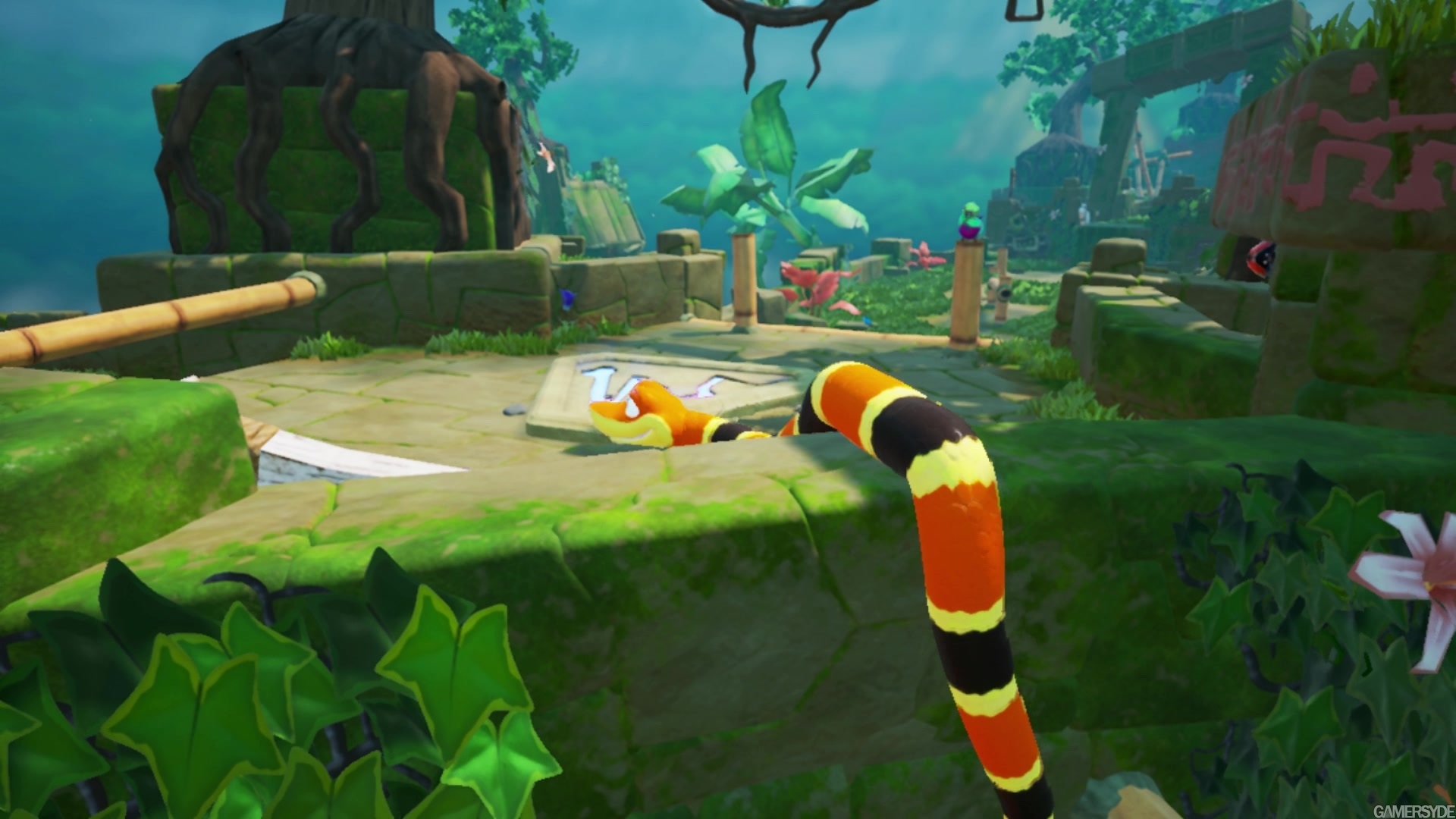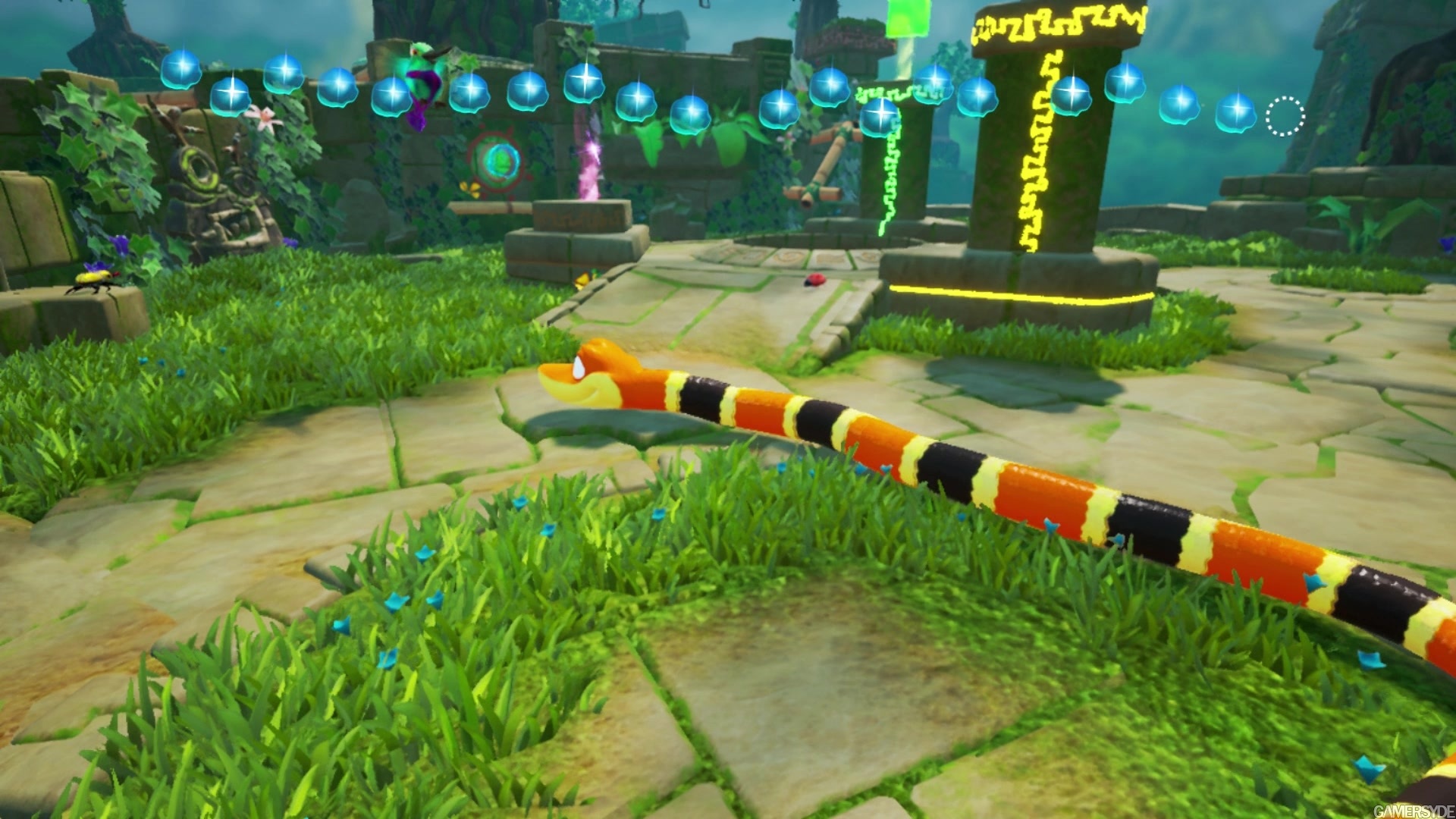Install the app
How to install the app on iOS
Follow along with the video below to see how to install our site as a web app on your home screen.
Note: This feature may not be available in some browsers.
You are using an out of date browser. It may not display this or other websites correctly.
You should upgrade or use an alternative browser.
You should upgrade or use an alternative browser.
Image Quality and Framebuffer Analysis for Available/release build Games *Read the first post*
- Thread starter Farid
- Start date
sry, couldn't edit it anymore. what I meant was 1440/1800p (+ reconstruction/AA) but not native 4k. It should be the same technique like in rainbow six.
btw, nxgamer did not count. The developer itself said that the UI was 4k.
The Division doesn't run at native 4k on PS4 Pro. Here's a 4k screenshot during high motion (https://gifyu.com/image/Samu). It looks like they're using a similar temporal reconstruction technique to the one that For Honor uses.
The Division doesn't run at native 4k on PS4 Pro. Here's a 4k screenshot during high motion (https://gifyu.com/image/Samu). It looks like they're using a similar temporal reconstruction technique to the one that For Honor uses.
It was not a secret they use temporal injection probably
morphinapg
Newcomer
Can somebody please explain what temporal injection is? I've seen it mentioned many times but without a technical explanation. Is that the same thing Quantum Break used?It was not a secret they use temporal injection probably
Sent from my OnePlus One using Tapatalk
It was the name for method that Insomniac uses, no solid information on what they do.Can somebody please explain what temporal injection is? I've seen it mentioned many times but without a technical explanation. Is that the same thing Quantum Break used?
morphinapg
Newcomer
I realize it's what insomniac used. It sounds to me like using a lower resolution, and reprojecting pixels from the last few frames forward to reconstruct a higher resolution image, using a micro jitter of the camera to create a potential native 4K image when motion is still. If that's what it is, it's very similar to checkerboard in concept, but just doesn't use the checkerboard pattern, but uses a native lower resolution. Theoretically, checkerboarding should provide a more realistic result, but if done right the two can be very close together. I think where quantum break may have gone wrong is that they didn't do the micro frame jittering, which just resulted in only slightly better than the 720p buffer they were using in the first place. Essentially, it was only slightly better than a good temporal AA solution.It was the name for method that Insomniac uses, no solid information on what they do.
The checkerboard/interlace solution removes the need for that camera jittering, so that's why I think it can potentially result in a better image, but the other method may be a bit easier to implement. Although with the PS4 Pro, the GPU does the majority of the work for checkerboarding, requiring minimal work on the developer's part to implement it (I've heard it only takes a week or two for a single programmer) so why so few developers have been using checkerboarding I have no idea. Seems like it would be a no brainer. Better performance for a near native looking image, but if temporal reprojection is easier and delivers similar results, then I'm okay with that too. I'm just not a big fan of not knowing how many pixels are actually being rendered per frame, and temporal reprojection seems to do a good job of hiding that.
morphinapg
Newcomer
I have a question about scaling in the PS4. When you have a game that isn't 1080p on base PS4, and doesn't have a Pro patch, such as the various 900p games (AC Unity, Watch Dogs, Battlefront, Mirror's Edge) or other odd resolutions such as Telltale's Batman series at 1600x766, and when you run those games on a PS4 Pro set to 4K output, does the PS4 first scale the game to 1080p, and then to 4K, or does it do it in a single step?
Actually it depends on the game. Some games use their own code to scale to 1080p, in this case you have the scaling you described. First to 1080p, that to 4k. But most times it should be the hardware of the PS4 that scales up and in this case the game should be directly scaled up to 4k.I have a question about scaling in the PS4. When you have a game that isn't 1080p on base PS4, and doesn't have a Pro patch, such as the various 900p games (AC Unity, Watch Dogs, Battlefront, Mirror's Edge) or other odd resolutions such as Telltale's Batman series at 1600x766, and when you run those games on a PS4 Pro set to 4K output, does the PS4 first scale the game to 1080p, and then to 4K, or does it do it in a single step?
On the PS3 it was a mess with scaling, because it had no hardware scaling. Some games outputed their rendering resolution. If you had a bad scaler in your tv, you had additional lag and a bad picture. I've never understood why the PS3 didn't have a hardware scaler on board. It's not like this thing would cost a lot.
morphinapg
Newcomer
Actually it depends on the game. Some games use their own code to scale to 1080p, in this case you have the scaling you described. First to 1080p, that to 4k.
I assumed as much, and obviously any game that has sub-1080p visuals but a 1080p HUD would do it this way. Also, I'm guessing dynamic resolution games would need to do this as well. I wouldn't think the hardware scaler would handle a situation like that, could it?
But most times it should be the hardware of the PS4 that scales up and in this case the game should be directly scaled up to 4k..
That's good, so in most cases I would imagine sub-1080p games would look a bit better scaled to 4K than to 1080p, and especially better than when using a base PS4 on a 4KTV for those same games.
morphinapg
Newcomer
Related question to the one above. If a game was designed before the Pro with a higher resolution that normally got scaled back down to 1080p, such as The Lego Movie Game which was supposedly 1920x1200, will that also natively get a boost in quality on the Pro set to 4K mode, because of the built in scaler, even without a Pro patch? Similarly, if a game ran natively at 4K supersampled back to 1080p on the base PS4, would it run at a native 4K on the Pro? I'm not aware of any, just speaking theoretically.
As far as I know, Microsoft build this into the hardware-scaler, so it can handle dynamic resolution with each frame.I assumed as much, and obviously any game that has sub-1080p visuals but a 1080p HUD would do it this way. Also, I'm guessing dynamic resolution games would need to do this as well. I wouldn't think the hardware scaler would handle a situation like that, could it?
morphinapg
Newcomer
Does anybody know what resolution Telltale Batman Season 2 is running at? To my eyes it appeared sharper than season 1, which iirc was barely better than 720p on PS4. The frame rate was also consistent, a very big improvement from the last game. There was also no letterboxing. I would guess they upgraded the engine and the new one runs at full 1080p. I was playing on a PS4 Pro but I haven't heard anything about improvements on the Pro. Plus, in addition to the PS4 version, I also played the PC version of season 1 and that version still played terribly even on good hardware, so this suggests to me they did some significant improvements to the optimization of their engine (finally).
So Hellblade according to DF runs at 900P on PS4 Pro in 60 FPS mode? Yeesh. That sounds like a new low for a iterative console.
Don't know why but many UE 4 games run at lower resolution than on other engine...
djskribbles
Legend
Not to mention it was made by a team of 20 people with a lower budget. Plus the game is demanding... needs a GTX 1060/RX 580 to run it close to 1080p/60 or GTX 1070 to run it at a locked 1080p/60.
Last edited:
So Hellblade according to DF runs at 900P on PS4 Pro in 60 FPS mode? Yeesh. That sounds like a new low for a iterative console.
And it looks it too. The game is so much sharper in 30fps, and the motion blur so good, that in this case the 60fps mode just isn't worth it for me. Personally. IMHO.
Similar threads
- Replies
- 26
- Views
- 4K
- Replies
- 37
- Views
- 6K
- Replies
- 90
- Views
- 18K
- Replies
- 63
- Views
- 17K
- Replies
- 27
- Views
- 12K


